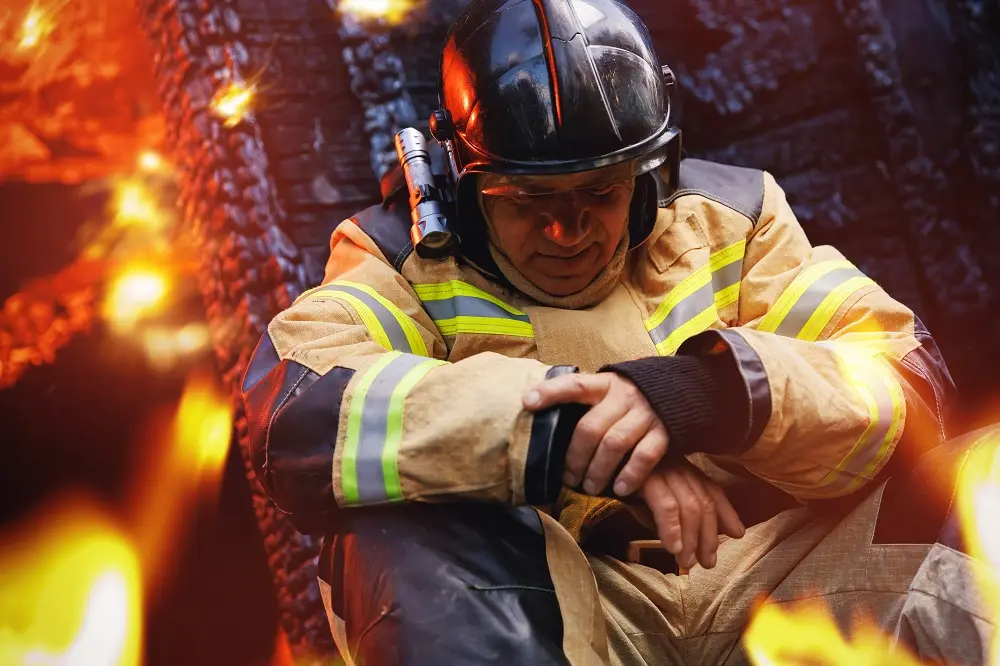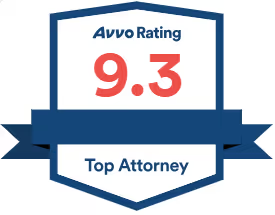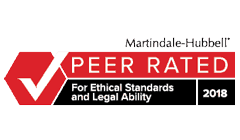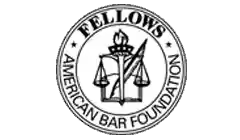Every year, thousands of workers across New York suffer from burn injuries in the workplace, ranging from minor incidents to life-altering catastrophes. These painful and often preventable accidents can leave victims facing months of medical treatment, mounting medical bills, and an uncertain future.
At Jacob D. Fuchsberg Law Firm, our burn injury lawyers in New York City help workers secure compensation that goes beyond basic coverage, addressing the full scope of damages that workplace burns inflict on victims and their families. To protect yourself and maximize your recovery after a burn injury, you need to know what you're dealing with — from the medical classifications that determine treatment paths to the legal options that can secure your financial future.
The Reality of Workplace Burns: From Minor Injuries to Life-Altering Trauma

Burn injuries occur when skin and underlying tissues sustain damage from heat, chemicals, electricity, or radiation. Unlike many other workplace injuries, burns affect multiple skin layers and can cause significant pain that persists long after the initial incident.
Studies reveal that workplace incidents account for 10% to 45% of all burn injuries. Burn injuries remain some of the most common injuries at the workplace and a persistent danger across American workplaces, a fact frequently highlighted by organizations like the American Burn Association, which continually works to improve burn care and prevention.
Medical professionals categorize burns based on the depth of tissue damage:
- First-degree burns: Affect only the outer layer of skin, causing redness and mild swelling. While painful, these typically heal within a week without scarring.
- Second-degree burns: Penetrate deeper, affecting both the epidermis and dermis. These burns often form blisters and can be extremely painful, requiring several weeks to heal.
- Third-degree burns: destroy all skin layers and may damage underlying fat, muscle, and bone. The burned area may appear white, charred, or leathery. Paradoxically, these burns might cause less immediate pain due to nerve damage.
- Fourth-degree burns: extend through all tissue layers, potentially reaching tendons and bones. These catastrophic injuries often require amputation and can even result in death.
The severity depends on several factors, including the temperature of the heat source, duration of exposure, and the specific area of the body affected.
Most Risky Places to Work for Burn Injuries
Burns account for a significant percentage of workplace injuries requiring hospitalization. They occur across many industries, but certain environments pose greater risks than others.
Workers face an increased risk of burn accidents in these environments:
- Construction sites with welding operations and open flames
- Chemical plants and laboratories handling dangerous chemicals
- Electrical utility companies and power plants
- Manufacturing facilities with molten metals
- Auto repair shops with flammable materials
- Oil refineries and gas stations
Most Common Work-Related Burn Injuries
Let's explore some of the most prevalent burn injuries that occur in the workplace, detailing the circumstances under which they typically happen and their potential severity.
Thermal Burns: Hot Surfaces, Steam, and Scalding Injuries
Thermal burns from hot water, steam, and hot objects account for the majority of workplace burns. Restaurant workers face daily exposure to hot grease at 350°F, while manufacturing employees encounter molten metals exceeding 2,000°F. Hot water at just 140°F can cause third-degree burns in five seconds.
Steam burns prove particularly dangerous because steam carries more heat energy than boiling water. Industrial steam pipes, commercial dishwashers, and pressure cookers create invisible hazards. These burns commonly occur when:
- Safety valves on equipment malfunction
- Workers slip while carrying hot liquids
- Steam escapes from improperly sealed pipes
- Hot grease splatters during cooking operations
Chemical Burns: Industrial Acids and Caustic Substances
Chemical burns differ from thermal burns because they continue damaging tissue until the substance is completely neutralized or removed. Industrial cleaners, battery acid, and concrete mix can cause severe burns within seconds. Sulfuric acid and sodium hydroxide remain common culprits in manufacturing settings.
Workers suffer chemical burns through:
- Splash incidents during transfer operations
- Leaking containers or damaged storage units
- Inadequate ventilation causing vapor burns
- Accidental mixing of incompatible chemicals
Healthcare workers face risks from sterilizing agents, while construction workers encounter burns from wet cement that can go unnoticed until severe damage occurs.
Electrical Burns: High Voltage and Arc Flash Injuries

Electrical burns create unique dangers because damage extends far beyond visible entry and exit wounds. Current traveling through the body damages internal organs, muscles, and nerves. Construction sites with temporary wiring and manufacturing plants with high-voltage equipment present constant hazards.
Arc flash incidents can reach 35,000°F — four times hotter than the sun's surface. These explosions vaporize metal and create pressure waves that throw workers across rooms. Electrical burns often cause:
- Cardiac arrest requiring immediate resuscitation
- Nerve damage resulting in permanent paralysis
- Deep tissue destruction requiring amputation
- Secondary trauma from falls after shock
Radiation Burns: Welding Flash and UV Exposure
Welding operations expose workers to intense ultraviolet radiation that can burn exposed skin and eyes within seconds. Arc eye, also called welder's flash, affects the cornea like severe sunburn. Symptoms may not appear for hours, leaving workers unaware of injury until experiencing:
- Intense eye pain and tearing
- Feeling of sand in the eyes
- Temporary or permanent vision loss
- Severe headaches and light sensitivity
Construction workers, pipeline welders, and nearby workers without proper eye protection face the highest risks. Even brief exposure to welding arcs can cause radiation burns.
Gas Explosions and Flash Fires
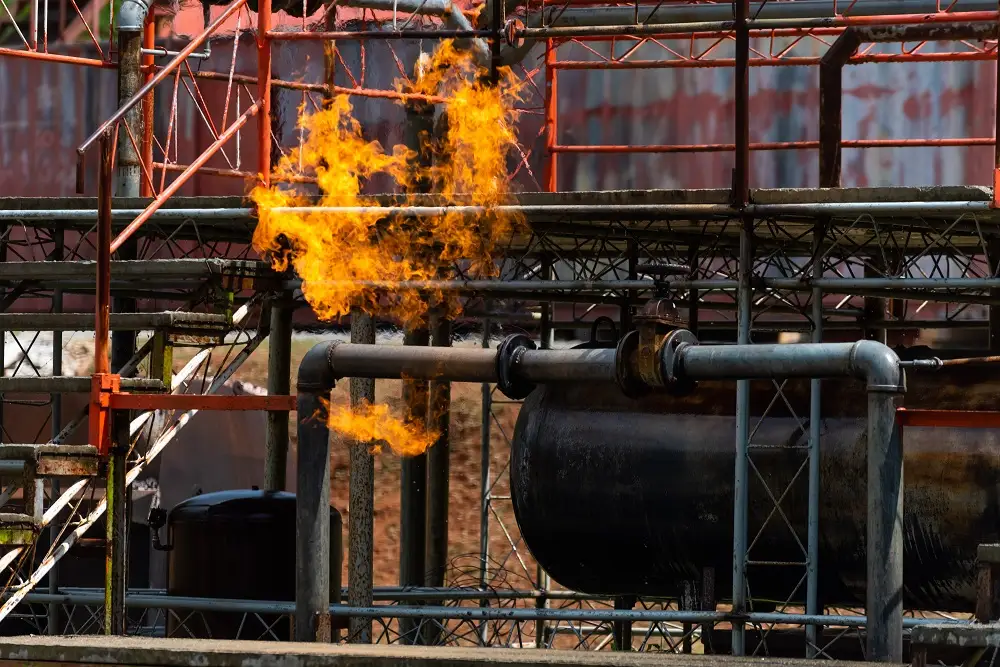
Gas explosions create devastating burn injuries through both the initial blast and resulting fires. Our firm recently secured $7 million for a construction worker who suffered third-degree burns when a gas tank exploded during excavation. These catastrophic incidents often result from:
- Improper inspection of fuel tanks
- Using spark-producing tools near flammable vapors
- Inadequate ventilation in confined spaces
- Failure to detect gas leaks before work begins
Natural gas, propane, and gasoline vapors can ignite from a single spark, creating fireballs that engulf workers instantly. Underground utility work and confined space operations pose particular dangers.
Friction and Conveyor Belt Burns
Often overlooked, friction burns occur when skin makes contact with rapidly moving machinery. Conveyor belts, grinding wheels, and industrial sanders can remove multiple skin layers in seconds. These injuries frequently affect:
- Assembly line workers caught in machinery
- Maintenance staff working on running equipment
- Workers handling rope or cable under tension
- Employees operating industrial washing machines
Unlike other burns, friction injuries combine thermal damage with traumatic skin removal, complicating treatment and recovery.
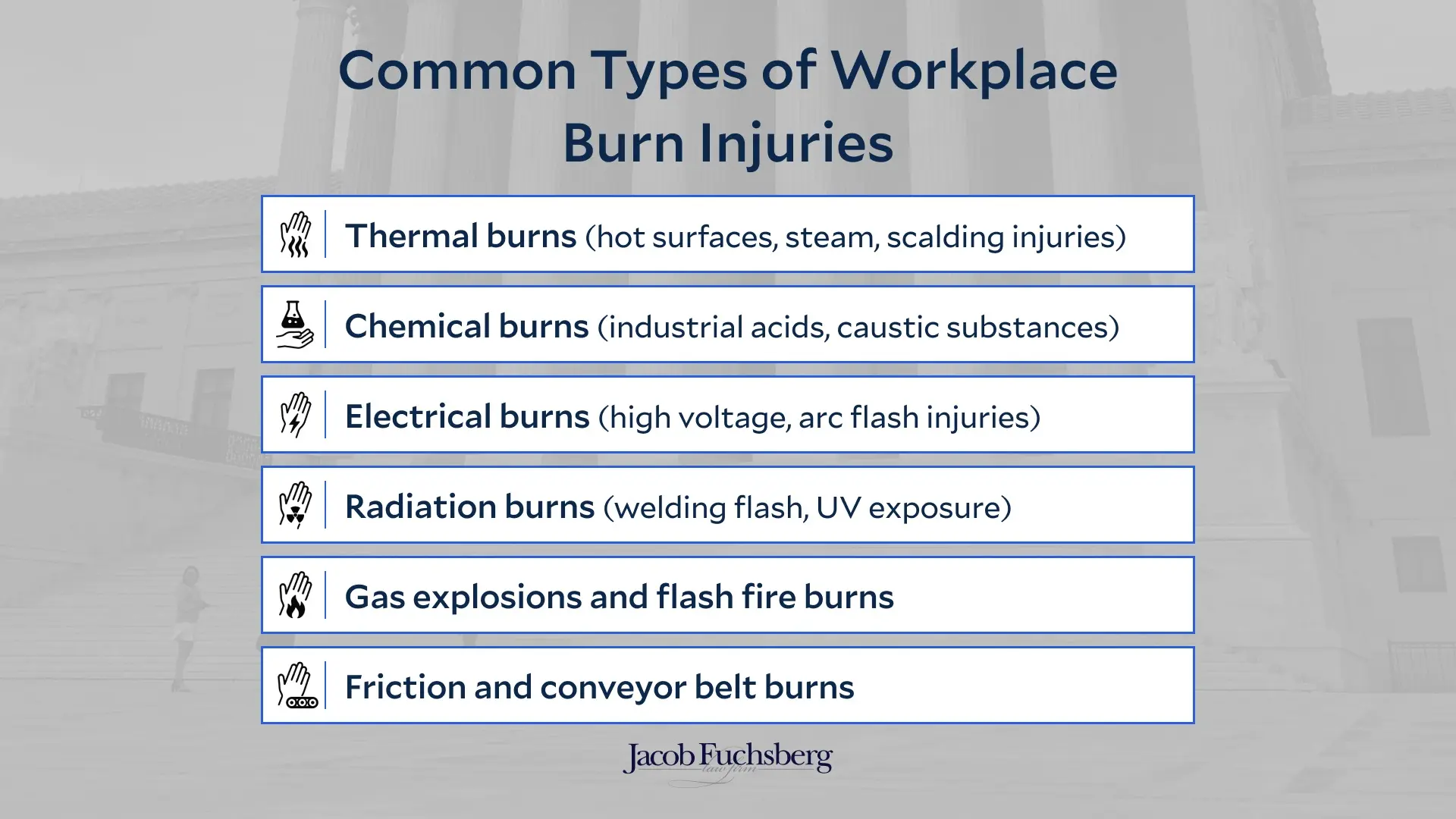
Getting Compensation for Workplace Burns in New York
Suffering burn injuries at work triggers an immediate assumption: You file for workers' compensation and move on because there’s nothing more you can do. This mindset, though, costs burn victims millions in potential unclaimed damages.
While workers' compensation provides basic coverage, pursuing a third-party personal injury claim can dramatically lessen the economic impact of your injuries. The difference? A workers' comp claim might cover $50,000 in medical bills, while a third-party lawsuit addressing the same injury could yield $500,000 or more when factoring in pain, disfigurement, and future earnings loss. Smart legal strategy means exploring every avenue, not settling for the first check offered.
How to File for Workplace Burn Injury
Successfully pursuing compensation for a workplace burn injury in New York involves specific steps. Here's how to navigate the filing process for both workers' compensation and potential personal injury claims:
- Notify your employer of the workplace injury: Tell your supervisor or a company representative about your burn immediately. Keep a copy for your records, as this is crucial for your workers' compensation claim.
- File a workers' compensation claim (Form C-3): Your employer should file Form C-2, Employer's First Report of Injury/Illness, with the NYS Workers' Compensation Board (WCB). You (or your attorney) must then file Form C-3, Employee Claim for Compensation. You can find Form C-3 and file it directly on the official NYS Workers' Compensation Board website, or mail it to their office. The deadline is typically two years from the accident date to file Form C-3.
- Consider and file a personal injury lawsuit (against a third party): This lawsuit is usually against a party other than your direct employer, such as a manufacturer of faulty equipment, another contractor on site, or a negligent property owner. A personal injury claim can help you recover damages like pain and suffering, which workers' comp generally doesn't cover. An attorney will draft and file a Summons and Complaint in the appropriate New York court, typically the New York State Supreme Court, for significant injury claims. The general statute of limitations for most personal injury lawsuits in New York is 3 years from the injury date, but claims against government entities often have much shorter initial notice deadlines (e.g., 90 days).
- Get legal help: It's highly recommended to consult a burn injury attorney right away. They can help you navigate both workers' comp and potential personal injury claims, identify all responsible parties, handle deadlines, and fight for the maximum compensation you deserve.
What Damages Can You Pursue After a Workplace Burn Injury in NY?
Burn injury victims may recover compensation for various losses:
- Medical expenses cover initial emergency treatment, surgeries, skin grafts, physical therapy, and future medical needs. Severe burns often require multiple operations and years of follow-up care, costs that could quickly exceed workers' comp medical benefit caps.
- Lost wages include both time missed during recovery and reduced earning capacity if burns limit your ability to work. New York workers' comp pays only two-thirds of average weekly wages; personal injury claims can recover 100% of lost earnings.
- Pain and suffering damages acknowledge the significant pain burns cause, both during initial treatment and throughout recovery. Dead tissue removal and daily wound care create ongoing trauma, damages unavailable through workers' comp alone.
- Permanent disability benefits apply when burns result in lasting limitations, amputation, or reduced mobility affecting your quality of life. New York's scheduled loss awards often undervalue permanent injuries compared to jury verdicts.
- Wrongful death claims help families when workplace burns prove fatal, covering funeral expenses, lost support, and emotional damages.
Gas Station Explosion Case: Jacob D. Fuchsberg Law Firm Recovered $7 Million for Construction Worker
At Jacob D. Fuchsberg Law Firm, we recently demonstrated our commitment to burn injury victims through a remarkable case outcome. Attorney Jaehyun Oh secured a $7 million settlement for a young construction worker who sustained gruesome third-degree burns during a gas tank excavation project. The explosion occurred when our client was ordered to use an angle grinder on an uninspected tank, despite rust preventing proper safety checks — a clear OSHA violation.
The devastating incident left our client with severe disfiguring burns covering over half his body, requiring two months of hospitalization and multiple life-threatening complications. What sets this case apart is how quickly we achieved justice, settling just two years after the accident, far faster than typical burn injury cases. This efficiency meant our client could access resources for medical treatment and rebuilding his life without enduring years of legal battles. Our aggressive pursuit of evidence revealed multiple safety failures, from inadequate hazard prevention to absent warnings about gas vapors, strengthening our position in negotiations.
FAQ
Have You Been Injured by a Workplace Burn? We Can Help.
Our exceptional burn injury lawyers can win settlements that will truly cover all your damages and losses. Contact our law firm today.
Take Action Today — Contact Jacob D. Fuchsberg Law Firm
Workplace burn injuries leave lasting physical and financial scars, but victims have legal options beyond basic workers' compensation benefits. The Jacob D. Fuchsberg Law Firm has the experience to pursue every available avenue for compensation.
Don't let medical expenses and lost wages overwhelm your family. Contact us online or call (212) 869-3500 now for a free consultation about your workplace burn injury case.

.svg)

